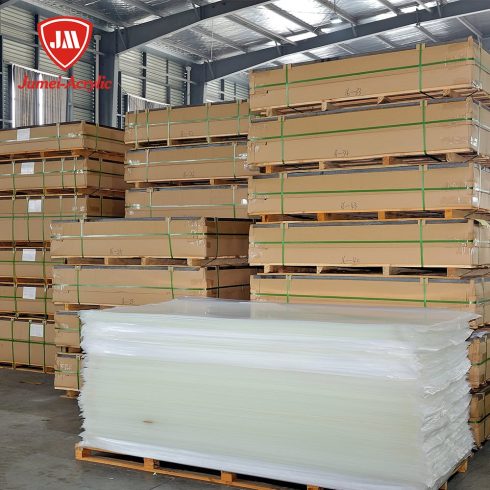Acrylic sheets are versatile, durable, and widely used in various applications, from signage and displays to construction and DIY projects. However, handling and working with acrylic sheets require proper safety measures to prevent accidents and ensure optimal results. Whether you’re a professional or a hobbyist, these 10 acrylic sheets safety tips will help you work confidently and safely.
1. Wear Protective Gear
When cutting, drilling, or sanding acrylic sheets, always wear appropriate protective gear. Safety glasses or goggles shield your eyes from flying debris, while gloves protect your hands from sharp edges and chemical exposure. A dust mask is also recommended to avoid inhaling fine particles during sanding or cutting.
2. Use the Right Tools
Acrylic sheets require specific tools to prevent cracking, chipping, or melting. Use tools designed for plastics, such as:
- Circular saws with fine-toothed blades
- Jigsaws with plastic-cutting blades
- Drill bits made for acrylic or plastic
Avoid using standard woodworking tools, as they can cause damage to the material.
3. Cut Slowly and Steadily
When cutting acrylic sheets, apply steady pressure and cut at a slow, consistent speed. Rushing the process can lead to cracks or uneven edges. For straight cuts, use a guide or clamp the sheet securely to prevent slipping.
4. Avoid Excessive Heat
Acrylic sheets are sensitive to high temperatures, which can cause warping or melting. When cutting or drilling, use low-speed settings to minimize heat buildup. If using a laser cutter, ensure proper ventilation and follow manufacturer guidelines to avoid overheating.
5. Handle with Care
Acrylic sheets can scratch easily, so handle them with care. Always lift sheets by their edges and avoid dragging them across surfaces. Use a soft, clean workspace and cover it with a protective layer, such as a cloth or cardboard, to prevent scratches.
6. Store Properly
Store acrylic sheets in a cool, dry place away from direct sunlight or heat sources. Keep them flat or upright on a stable surface to prevent warping or bending. If stacking sheets, place a protective layer (like foam or paper) between them to avoid scratches.
7. Use Appropriate Adhesives
When bonding acrylic sheets, choose adhesives specifically designed for plastics. Solvent-based cements, such as methylene chloride, are ideal for creating strong, clear bonds. Avoid using super glue or epoxy, as they can cloud the acrylic or create weak joints.
8. Ventilate Your Workspace
Working with acrylic sheets can release fumes, especially during cutting or bonding. Ensure your workspace is well-ventilated to avoid inhaling harmful chemicals. If working indoors, use fans or open windows to improve airflow.
9. Polish Edges for Safety and Aesthetics
After cutting or drilling, the edges of acrylic sheets can be sharp and uneven. Use fine-grit sandpaper or a polishing compound to smooth the edges. This not only improves safety but also enhances the appearance of your project.
10. Follow Manufacturer Guidelines
Always refer to the manufacturer’s instructions for specific safety recommendations and handling tips. Different types of acrylic sheets (e.g., cast vs. extruded) may have unique properties and requirements. Adhering to these guidelines ensures optimal results and minimizes risks.
Why Safety Matters When Working with Acrylic Sheets
Acrylic sheets are a popular choice for their versatility and durability, but improper handling can lead to accidents, material damage, or subpar results. By following these 10 acrylic sheets safety tips, you can protect yourself, extend the lifespan of your materials, and achieve professional-quality outcomes.
Choose High-Quality Acrylic Sheets from Trusted Suppliers
For the best results, source your acrylic sheets from reputable suppliers like Jumei Acrylic. They offer premium materials, expert advice, and reliable customer support to ensure your projects are safe and successful.
Ready to start your next project? Visit Jumei Acrylic’s Website today to explore their wide range of acrylic sheets and accessories!





